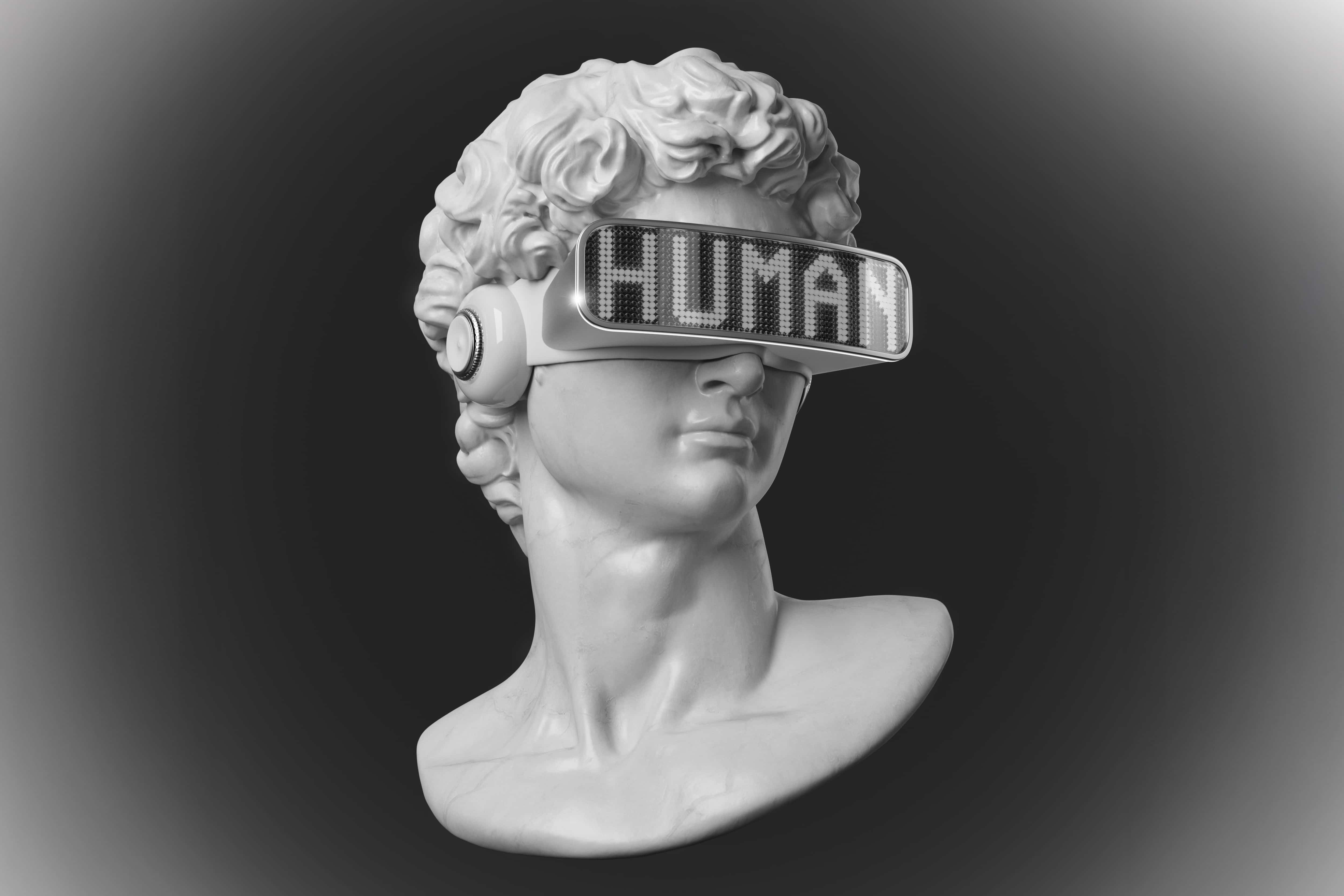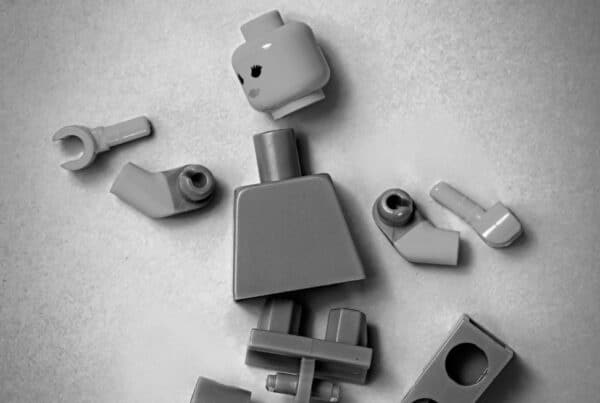The rapid evolution of artificial intelligence has opened a new frontier for creative production. From generating breathtaking visuals and composing original music to writing compelling copy, AI tools are transforming how creative work is done.
But with this immense potential comes a new set of complex challenges. The rise of AI in creative fields has sparked conversations about ethics, ownership, and the very definition of what it means to be a creator. Brands and creative professionals need to do more than just adopt new tools in this new landscape; they must also establish a clear ethical framework to guide their use of AI.
This is not a blog post about whether to use AI, but how to do so responsibly. We will explore the core ethical challenges, discuss why transparency is the new standard for building trust, and outline practical frameworks for using AI in a way that maintains both brand integrity and creative authenticity.
Understanding the Core Ethical Challenges
The foundational principles of the creative industry—ownership and authorship—are being challenged by AI. What happens when the creator is a machine?
The Ownership Paradox
Legal and ethical questions around AI-generated content are in flux. The central issue is two fold:
- Copyright of AI-Generated Work: Can a work created by an AI be copyrighted? According to a landmark U.S. court ruling in the case of Thaler v. Perlmutter, the answer is no. The court upheld the U.S. Copyright Office’s position that copyright protection requires human authorship. This precedent suggests that a work created entirely by an AI, without significant creative input from a human, cannot be copyrighted.
- Copyright Infringement from Training Data: The second and more contentious issue is whether AI models, trained on vast datasets of existing works, are infringing on the copyright of those works. Lawsuits against major AI art generators like Midjourney and Stability AI argue that the use of copyrighted images in their training data constitutes a form of theft. These legal battles are ongoing and their outcomes will set the precedent for the future of intellectual property in the age of AI.
The Authenticity Question
For brands, the deeper question is not just a legal one, but a matter of authenticity. If a brand’s creative output is generated by a machine, can it still be considered authentic? The answer lies in shifting our definition of authenticity. It is no longer about the tool used, but about the presence of a clear, human-led creative vision. Authenticity is found in the intent, the emotional intelligence, and the consistent brand values that originate with a person.
Why Transparency is the New Authenticity
In a world where AI can mimic human creativity with increasing accuracy, consumer trust is at a premium. The public’s perception of AI in creative content is still evolving, and data shows that transparency is key to winning them over.
According to a survey from Book An Artist, 9 out of 10 creators believe that copyright laws are outdated and 74% of artists view the data scraping practices of AI as unethical. This widespread concern from creators resonates with consumers, who are also cautious. A study by Accenture found that most executives (77%) believe the true benefits of AI will only be possible when built on a foundation of trust, and slightly more (81%) agree that trust strategy must evolve in parallel with any technology strategy
This “trust deficit” presents a clear path forward for brands: embrace transparency. By clearly communicating how AI is used—whether it’s for generating a concept, assisting with editing, or creating the final asset, a brand can signal its respect for both the audience and the creative process. This approach redefines authenticity from being “human-made” to “having clarity of intent, emotional intelligence, and consistent values” that are human-led.
Practical Frameworks for Responsible AI Use
For brands and agencies, simply acknowledging the issues isn’t enough. It requires implementing a practical, ethical framework for AI use.
1. The “Human-in-the-Loop” Model: The first rule of ethical AI is to maintain human oversight. AI should be treated as an assistant, not a replacement. Human creative directors should guide the AI, curate its output, and apply the final touch that imbues the work with human intent and a unique brand voice.
2. Develop a Clear AI Policy: It is now essential to have an internal policy on AI use. Examples from creative agencies that have published their policies highlight key components:
- Clarity on Use: Defining when AI is an acceptable tool (e.g., for ideation, drafting) and when it is not (e.g., creating a final piece without disclosure).
- Attribution and Disclosure: Establishing clear rules for disclosing AI use to clients and the public. This might include tagging content as “AI-Assisted” or “AI-Generated” to maintain honesty.
- Ethical Data Sourcing: Requiring the use of AI tools that are trained on licensed or ethically sourced data to avoid intellectual property disputes.
The Future of Creativity and AI
The future of creativity is not a zero-sum game between humans and machines. It is a collaborative one. While legal frameworks like the proposed NO FAKES Act are still being debated to address challenges like deepfakes and AI impersonation, it is clear that regulations are on the horizon.
For brands, the true long-term value lies not in outsourcing creativity to machines, but in using AI to enhance human ingenuity. The brands that will succeed in this new landscape are those that embrace the technology with a clear ethical compass, prioritize transparency, and place human intent and vision at the very heart of their creative strategy.






